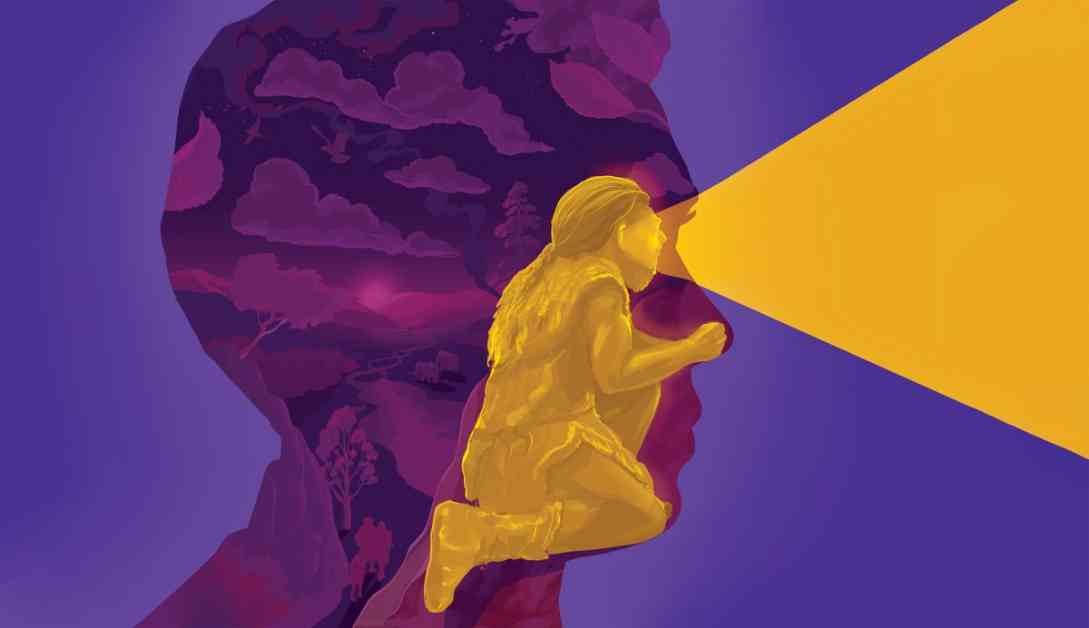Neandertal DNA ve Düşünce Süreçlerimizi Nasıl Etkileyebilir?
Nearly two centuries ago when Neandertals were first unearthed, the prevailing perception of their intelligence was that of primitive beings, hardly more advanced than apes. However, recent research has debunked these misconceptions, revealing that Neandertals possessed cognitive abilities comparable to Homo sapiens—our very own ancestors. Innovations such as tool-making, flour production, medicinal plant use, symbolic communication, and ritualistic burial practices characterize their intelligence. The groundbreaking discovery of a Neandertal genome sequence in 2010 further blurred the boundaries between their lineage and ours, demonstrating interbreeding between the two species, leaving a genetic legacy in modern humans. This revelation paved the way for clinical paleogenomics, an emerging field exploring how Neandertal DNA influences contemporary physiology, offering a fresh perspective on our shared history.
The Impact of Neandertal DNA on Health and Physiology
Recent studies have unveiled the intricate ways in which Neandertal DNA influences modern human health. Variants of Neandertal DNA have been linked to susceptibility to immune disorders, including systemic lupus erythematosus, Crohn’s disease, and severe COVID. These genetic variations also play a role in allergies, asthma, skin cancers, obesity, diabetes, and pain sensitivity. Additionally, Neandertal DNA impacts skin and hair color, blood clotting, and responses to environmental stressors. The intricate interplay between our genetic makeup and Neandertal legacy sheds light on various health conditions prevalent in contemporary populations.
Neandertal DNA and Brain Development
Contrary to initial assumptions, Neandertal DNA influences brain development and behavior in modern humans. Studies have shown that individuals with higher Neandertal DNA percentages exhibit skull shapes reminiscent of Neandertals, particularly in brain regions associated with neuron production and myelin formation. Moreover, connectivity differences in brain regions related to visual processing and social cognition suggest trade-offs between these skills in individuals with Neandertal ancestry. Notably, the cerebellum, traditionally linked to motor memory, also plays a crucial role in attention, emotional regulation, and social cognition, reflecting the intricate impact of Neandertal DNA on brain structure and function.
Genetic Legacy and Autism Susceptibility
Research delving into the relationship between Neandertal DNA and autism reveals intriguing insights into neurodevelopmental conditions. Autistic individuals tend to possess rare Neandertal single nucleotide polymorphisms (SNPs) associated with gene activity in the brain. Notably, these variants influence neural connectivity and may contribute to conditions such as major depression, substance use, and ADHD. The distinctive parallels between brain connectivity patterns in nonautistic individuals with Neandertal DNA and those on the autism spectrum underscore the complex interplay between genetic heritage and neurodevelopmental traits.
Evolutionary Implications and Genetic Mismatch
The genetic bottleneck experienced by Neandertals, characterized by a significant reduction in population size, led to the accumulation of harmful mutations impacting reproductive fitness and disease susceptibility. Interbreeding between Neandertals and early Homo sapiens introduced a blend of genetic variations, including those implicated in autism, ADHD, and depression. The ongoing research aims to unravel the complex interplay between Neandertal DNA, brain development, and neurological conditions, shedding light on the evolutionary trajectory of our species.
Inheritance Patterns and Reproductive Dynamics
The retention of Neandertal-derived genetic variants associated with autism raises intriguing questions about their persistence in the human gene pool. Despite lower reproductive rates among individuals on the autism spectrum, the presence of beneficial traits linked to Neandertal DNA, such as enhanced cognitive abilities and intelligence, may contribute to the retention of these genetic variants. While some factors may work to eliminate these variants, others, including familial carriers and diverse evolutionary pressures, may sustain their presence in contemporary populations. The intricate interplay between genetic inheritance, adaptive traits, and neurodevelopmental conditions underscores the multifaceted nature of human evolution.
Unraveling the Neandertal Legacy
As research delves deeper into the impact of Neandertal DNA on modern humans, a clearer picture emerges of how ancient genetic legacies shape our physiology, cognition, and susceptibility to neurological conditions. By mapping Neandertal-derived gene regulatory networks and identifying specific brain regions influenced by hybridized genetic variants, researchers aim to uncover the complex mechanisms underlying neurodevelopmental traits. The ongoing exploration of Neandertal DNA in relation to autism, intelligence, and creativity offers a compelling narrative of human evolution, highlighting the enduring legacy of our ancient relatives on the diverse tapestry of modern humanity.















